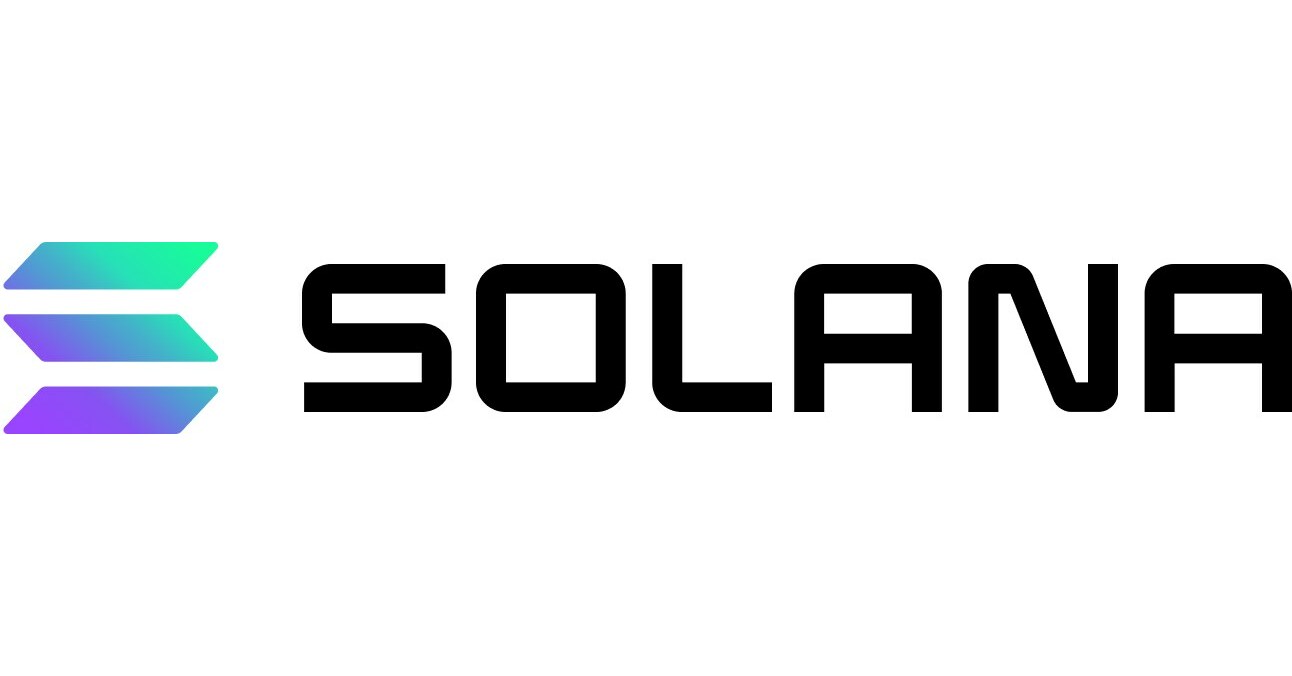Oracles and Cardano: Bringing Real-World Data to Blockchain

[gpt3]rewrite
Cardano’s oracle system enables the development of sophisticated decentralized applications that can interact with the world outside the blockchain. In this expert article, we will explore how oracles work in Cardano, their benefits and how they are expected to develop in the future. Cardano is quite an impressive project in the market and it has attracted investors and made an impact. Also, crypto owners have been using bitcoin prime software that allows them to diversify their portfolios and provides security features and fast transactions.
Cardano and Oracles
Cardano is a blockchain platform that aims to provide a secure and scalable infrastructure for decentralized applications (dApps) and smart contracts. One of the key features of Cardano is its approach to bringing real data into the blockchain through the use of oracles.
Oracles are external agents that can supply data to a blockchain system. They act as a bridge between the blockchain and the real world, enabling smart contracts to interact with data from sources outside the blockchain network. This is important because many real-world applications require access to data from sources such as weather sensors, financial markets or social media.
Cardano has taken a unique approach to oracle, using a combination of on-chain and off-chain components to create a robust and flexible oracle system. The on-chain component of Cardano’s oracle system is known as the “oracle core.” This is a set of smart contracts that define how the oracle system works, including how data is requested, verified and delivered.
The off-chain component of Cardano’s oracle system is known as the “oracle pool.” This is a group of independent operators who supply data to the oracle system. Oracle operators are encouraged to provide accurate and reliable data, as they earn rewards for doing so. This helps to ensure the integrity of the oracle system and reduce the risk of malicious actors providing false or misleading data.
One of the main advantages of Cardano’s oracle system is its scalability. Unlike some other blockchain platforms, Cardano’s oracle system can handle large amounts of data without compromising the security or performance of the network. This makes it well suited for applications that require access to real-world data, such as decentralized finance (DeFi) protocols or supply chain management systems.
Another advantage of Cardano’s oracle system is its interoperability. Cardano’s oracles are designed to be compatible with other blockchain platforms, allowing data to be shared across multiple networks. This can help create a more connected and efficient blockchain ecosystem, with applications that can interact seamlessly with each other.
How Oracles work in Cardano
Cardano’s approach to oracles is unique and innovative, enabling the seamless integration of real-world data on the blockchain platform. Understanding how oracles work in Cardano requires a closer look at its technical architecture and operational components.
At a high level, oracles in Cardano operate by retrieving external data and bringing it onto the chain, where it can be used by smart contracts. Oracles are managed by a group of trusted operators, known as oracle pools, who are responsible for retrieving and validating the data.
In Cardano’s oracle system, there are two types of data requests: simple and complex. Simple queries are used when you request basic data such as a price feed, while complex queries are used when you request more detailed data such as the results of a sporting event. The Oracle system is designed to support both types of requests and is flexible enough to handle a wide range of data sources.
When a data request is submitted, it is routed to a designated oracle pool. The pool’s operators are then responsible for retrieving the requested data from the external source, verifying its authenticity and accuracy, and submitting it to the Cardano blockchain. This process is governed by a set of rules and protocols defined in oracle core smart contracts.
To ensure the safety and reliability of the oracle system, Cardano uses a unique consensus algorithm called Ouroboros. This algorithm is designed to prevent malicious actors from compromising the oracle system by ensuring that only trusted operators are allowed to participate in the network.
In addition to its security and scalability, Cardano’s oracle system is also designed to be highly interoperable. This means it can interact with other blockchain platforms, allowing data to be shared across different networks. This interoperability is facilitated through the use of open standards and protocols, making it easy for developers to build applications that can interact with Cardano’s oracle system.
Conclusion
Cardano’s innovative approach to oracles has the potential to transform the blockchain industry, enabling the development of more advanced and sophisticated decentralized applications. By creating a secure and scalable system for integrating real-world data into the blockchain, Cardano helps bridge the gap between the digital and physical worlds.
[gpt3]

























